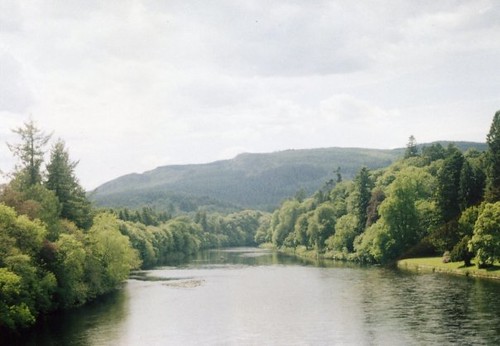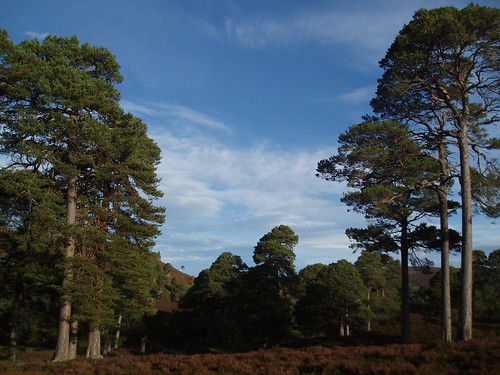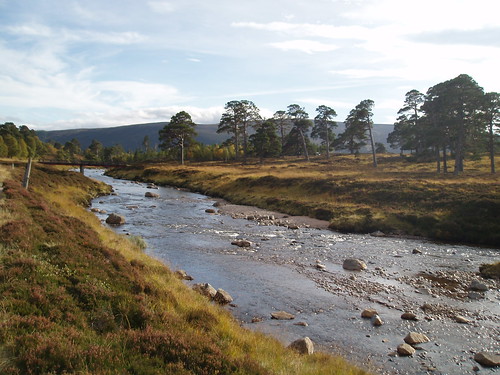
We all know what nature is, don’t we? Panoramic wilderness, lush green forests, roaring rivers, the dawn chorus and the rest? However, when we start to think about how to use, conserve or change a natural landscape, it becomes apparent that the way we understand and value nature is highly individualistic, and influenced by our personal histories and contexts. William Cronon (1995) is a key author in describing this social construction of nature. Of course, the basic elements and interactions in nature would occur without humans, but the way we understand, value and use this “other” nature is highly influenced by our social context. This means that conservationists work in a landscape defined not only by natural processes, but one also influenced by value-driven outlooks of numerous land-users.

Scottish conservation discourse reflects this tension about how to manage the land, and for whom. Forestry literature distributed by the Scottish Wildlife Trust and Scottish National Heritage is littered with value-laden words like “sublime” and “wilderness”, which evoke a pre-human “blanket forest” in the Highlands (the extent of which is debated – see Brown 1997 and Rackham 1976). Forests have always had a deep cultural resonance as wild, spiritual and mythical places. In the English language the words “wild” and “wood” both grew out of the root wald, which split into “weald” and “wold”, meaning both a wooded place, and a place inhabited by wild creatures like wolves and bears. Similarly, the Latin word silva is the root for both “forest” and “savage” (Both these etymological facts come from Robert MacFarlane’s brilliant 2007 book The Wild Places). It is clear, therefore, how forest restoration can become a powerful discourse in reappropriation of natural and cultural histories.

At the moment, I’m interested in how this discourse of reappropriation – through what Mark Toogood labels “an imagined history” – influences Scottish conservation, in particular ecological restoration. Is ecological restoration influenced by attempts to return to an idealised pre-English, pre-aristocracy “nature”? How do conceptions of historical landscapes (Toogood’s “place-myths”) correspond to the findings of long-term ecology? Will the influence of imagined histories lead to compositionalist restoration attempts which may be left unsuited and unable to adapt to future climate change? Are we as academics being too idealistic in what people want from their landscape? Is the cultural importance of reappropriation as important as being able to make a living from the land?
All of these questions are a work in progress for me at the moment (and will hopefully underpin my dissertation). I’d hope that working at this intersection between long-term ecology and cultural history could yield interesting results for conservation management.
Rob St.John
A few good references:
Brown N (1995) Re-defining native woodland. Forestry 70(3): 191
Cronon W (1995) The Trouble with Wilderness; or, Getting Back to the Wrong Nature. Cronon W, ed., Uncommon Ground: Rethinking the Human Place in Nature,
Macfarlane R (2007) The Wild Places. Granta,
Rackham O (1976) Trees and
Toogood M (2003) Decolonising
To keep being told that "wilderness" here and there is not really wild makes me depressed. But then values come into picture again: why do we value wilderness more than those touched by man?
ReplyDeleteThe use of the phrase "touched by man" suddenly put an idea in my mind--perhaps we obsess over wilderness for the same reason that some men obsess over virgins.
Or is it because we value simplicity? Complex history is exhausting to process. Different storytellers, looking from different angles, don't paint the same picture. All that back-and-forth makes an ecological baseline hard to choose. "Give us a vision of 'the pristine state' to aim for; that makes it easy."